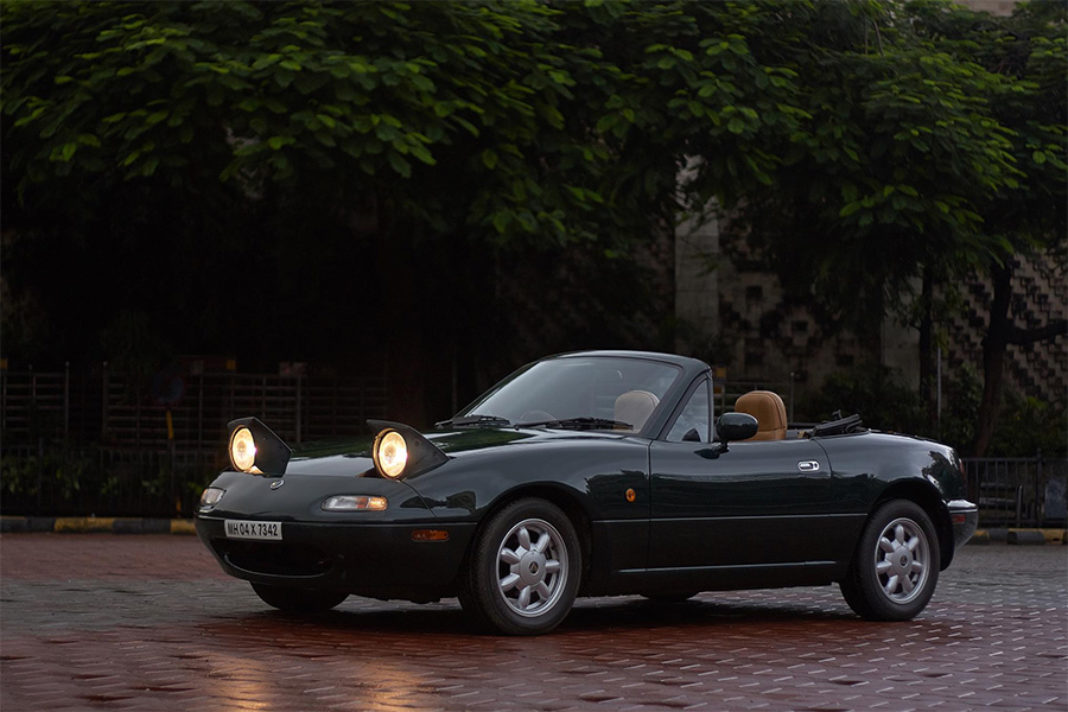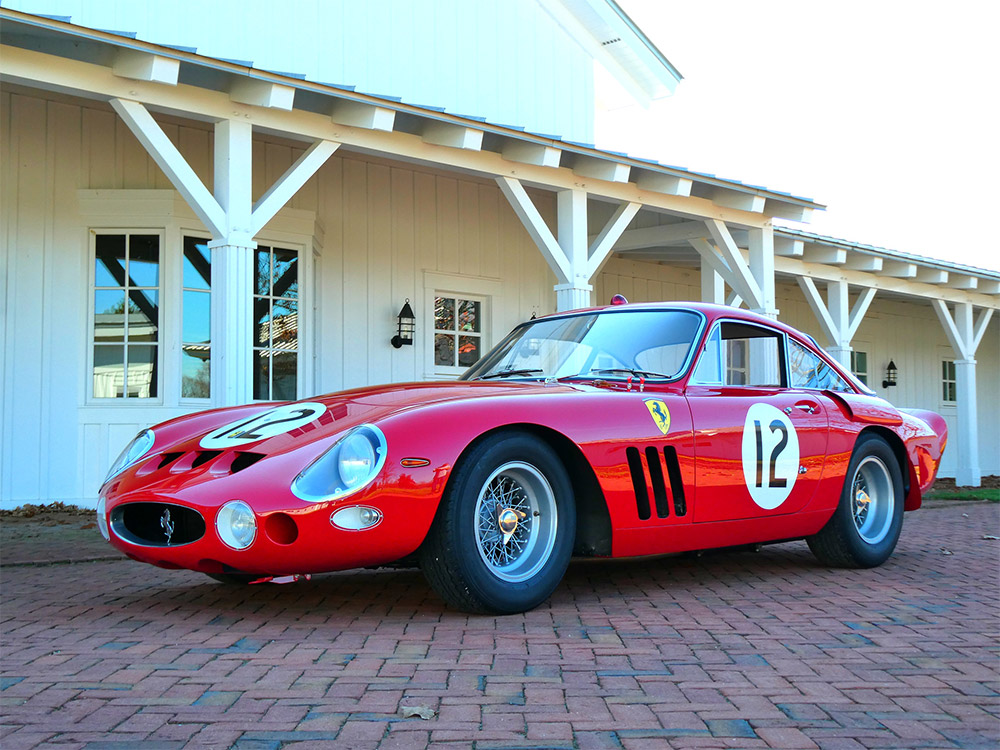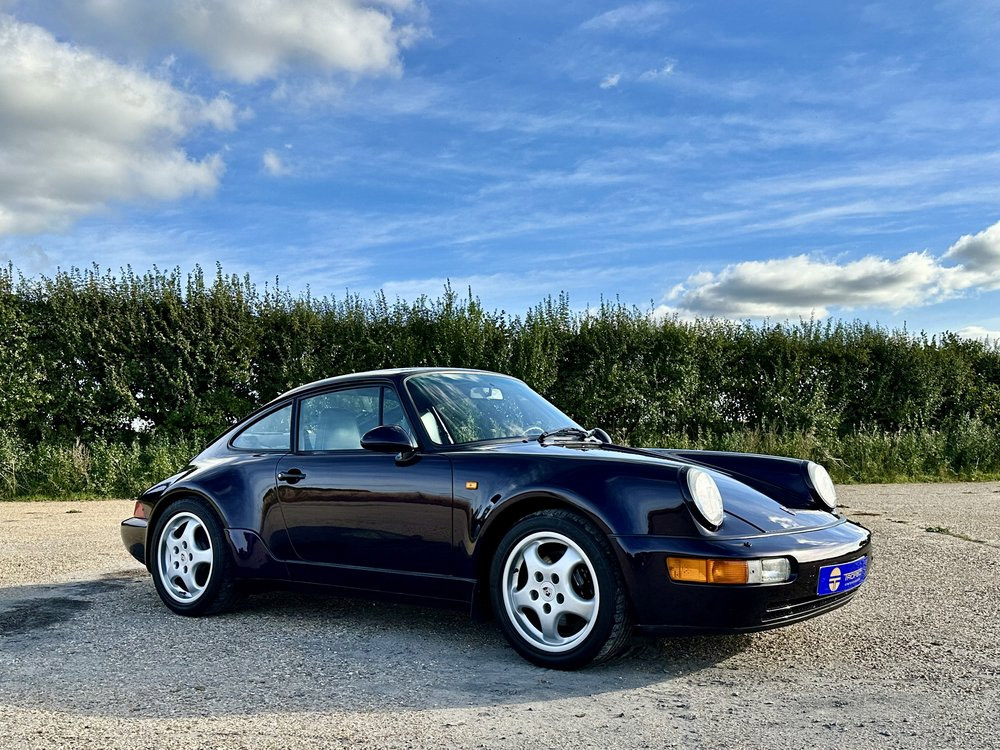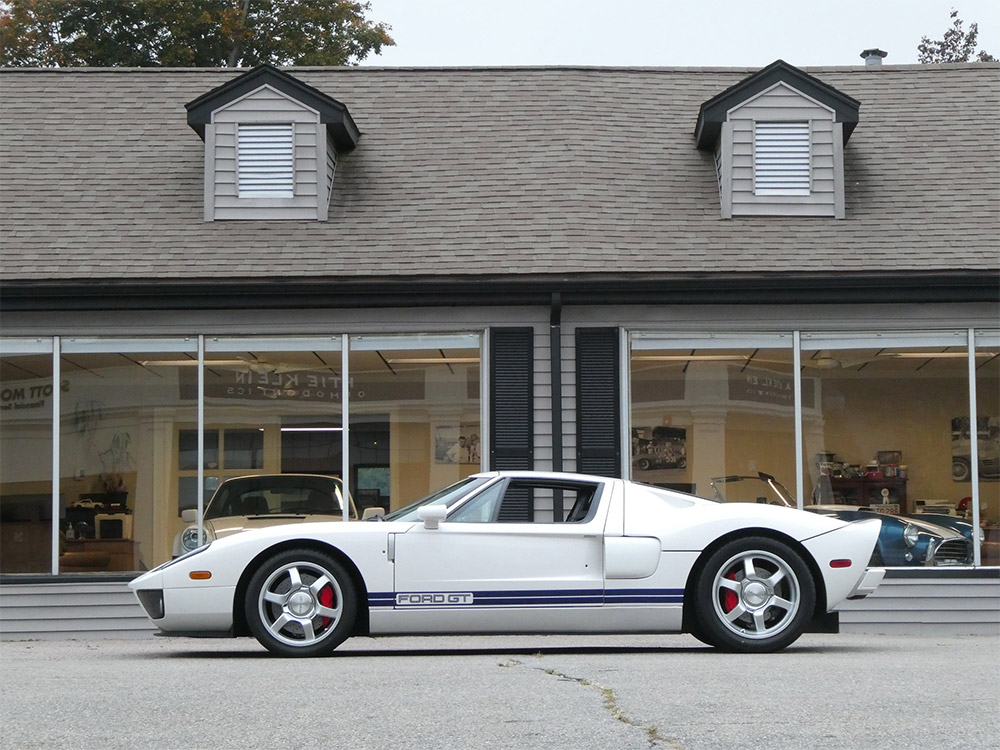“There’s no magic rule to say when a vehicle becomes a ‘classic’,” says Tiddo Bresters, president of FIVA (the Fédération Internationale des Véhicules Anciens or international federation of historic vehicles), “but reaching 30 years of age is one of FIVA’s clear criteria.
“So in 2020 we’re delighted to welcome a whole new raft of 1990 classics to the fold, as they celebrate their 30th birthday, thanks to their caring owners. Historic vehicles don’t have to be hugely rare or valuable; the ‘new classics’ range from supercars to city cars to motorcycles – but all are important milestones in the story of our motoring heritage.”
Happy 30th birthday to…
The remarkable Honda NS-X, the first version of the much-admired V6 mid-engined two-seater, offering 160mph in a comfortable, practical, safe package but still a joy to drive.
Another sportscar from Japan, the affordable and attractive Mazda MX-5, reached Europe in 1990 (Japan and the USA the year before) to become the best-selling two-seater convertible in history.
Again the first in a long line, the original Renault Clio supermini hit the streets in 1990 and rapidly became a familiar sight; small and unassuming, maybe, but a worthy classic.
An object of both ridicule and great affection, the 1990 Trabant 1.1 was the fourth, final and rarest version of the East German car, now with a four-stroke instead of its infamous two-stroke engine.
The iconic VW Transporter / Bus / Kombi dates back to 1950, but 1990 saw the introduction of the VW Transporter T4, the first with the engine in the front.
At the other end of the performance spectrum, the Lamborghini Diablo – with its mid-mounted V12 and top speed close to 200mph – went on sale in January 1990.
The Lotus Carlton looked like an ordinary saloon with a hefty bodykit but, thanks to Lotus, it drove like a sports car up to 177mph. Fancy it in red? You’re out of luck; they were all dark green.
On two wheels rather than four, the Harley-Davidson Fat Boy went into production from 1990, a V-twin cruiser motorcycle with solid disc wheels.
Or what about the Norton F1, the road-going, race-derived motorcycle that came only in black, gold and grey, in line with Norton’s John Player sponsorship?
Meanwhile, 30th birthday wishes also to go the Aston Martin Virage Volante, BMW E36, Ford Fiesta RS Turbo, Nissan Primera, Fiat Tempra, Toyota Previa, Land Rover Discovery five-door, Maserati Shamal, Suzuki VX800 motorcycle and a great many more.
What makes a vehicle ‘historic’?
According to FIVA, a historic vehicle is ‘a mechanically propelled road vehicle’ that is:
- at least 30 years old
- preserved and maintained in a historically correct condition
- not used as a means of daily transport
- part of our technical and cultural heritage







